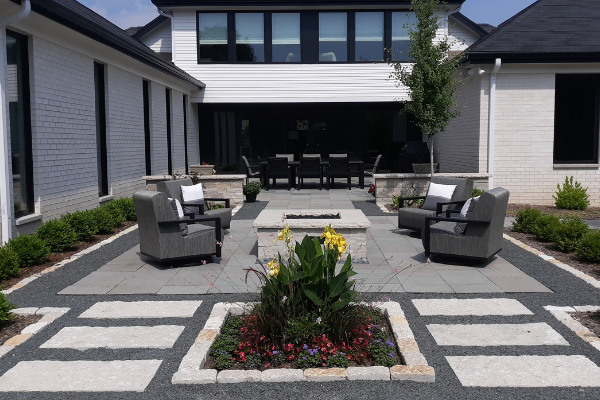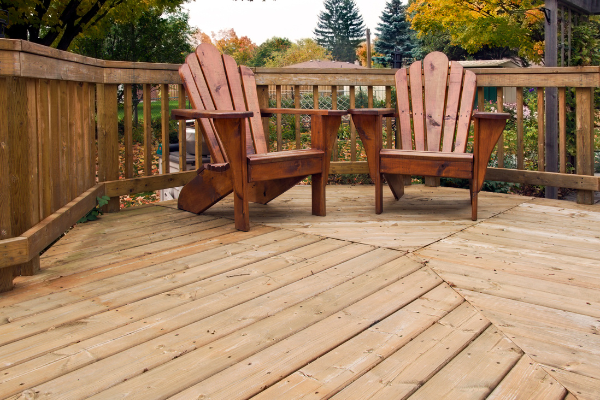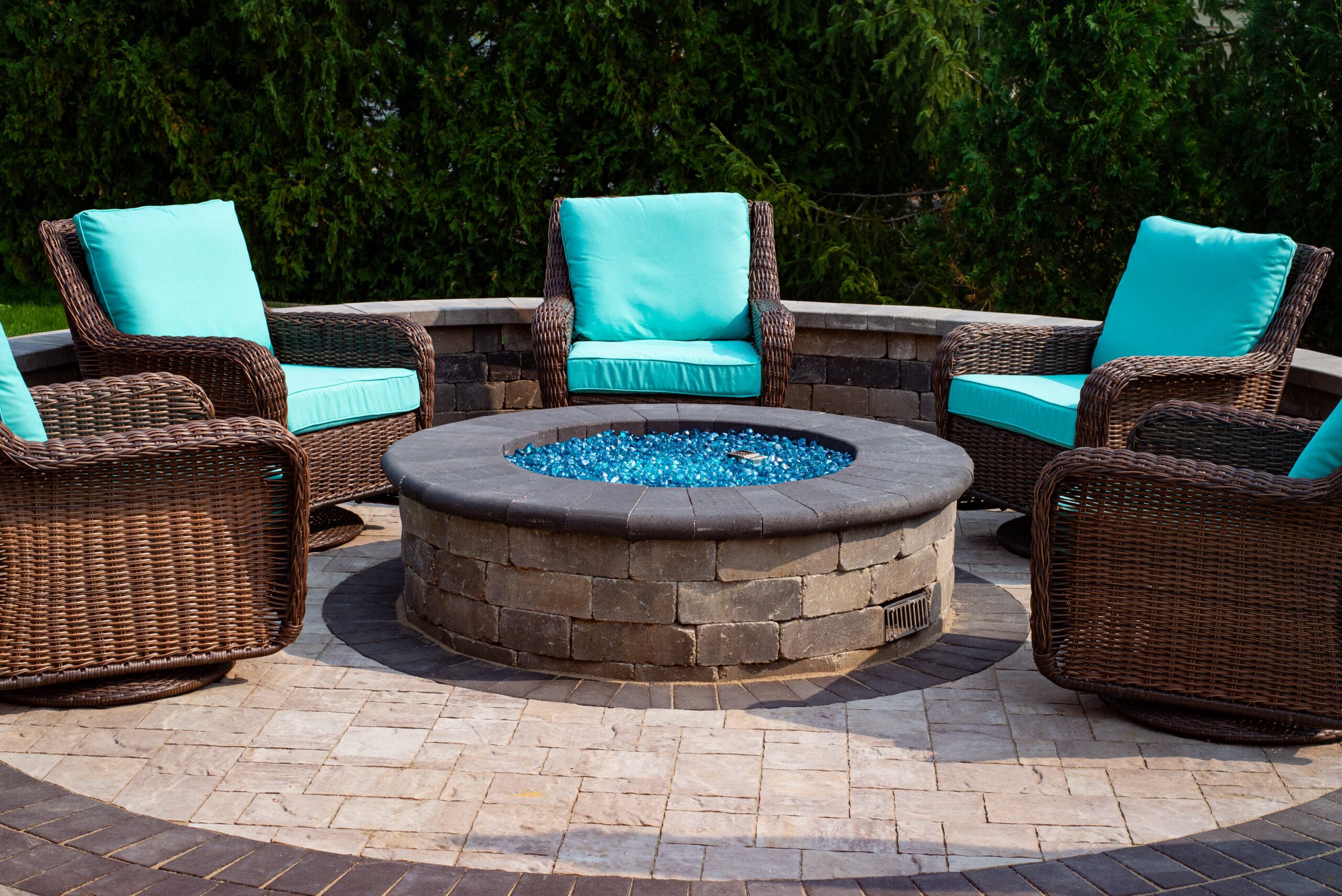6 Fire Pit Designs to Extend Your Outdoor Season
As much as we enjoy the family-friendly events of summer, like Lavender Fest here in Menomonee Falls, the hot, sticky weather can leave us dreaming of crisp evenings and cooler days ahead.
Soon enough, the humidity will give way to that first refreshing breeze of autumn. Picture yourself on the patio, enjoying the fading light as the air finally cools, and imagining how to make nights like this last longer.
That’s where a cozy fire pit comes in. With the soft crackle of flames and the warm glow casting light across the yard, it transforms a simple evening into something memorable.
Whether you prefer the ease of a portable setup or the beauty of a custom-built feature, the right fire pit makes your backyard the place everyone wants to gather, long after the summer heat has passed.
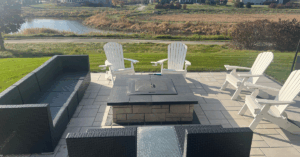
Why Add a Fire Pit to Your Outdoor Living Space?
Aesthetics aside, a fire pit has a way of drawing people in.
It naturally becomes the place where conversations linger, where friends gather a little closer, and where you can unwind after a long day. Beyond the atmosphere it creates, a well-planned fire pit adds function and value to your property.
A well-planned fire pit can anchor your backyard design, define a seating area, and make your outdoor space usable well into the cooler months.
When integrated thoughtfully into your overall landscape, it’s more than just an accessory — it’s an investment in both the beauty and the livability of your home.
Integrate Fire Pits into Your Hardscape Design-Build Plan
The best fire pit designs are those that feel like they belong, seamlessly integrated into your outdoor living space rather than added as an afterthought.
Planning your fire pit as part of a complete hardscape design-build project ensures it blends seamlessly with patios, seating walls, or even built-in fireplaces for a cohesive, upscale appearance.
Choosing materials like pavers, natural stone, and accent lighting ensures that your built-in fire pit not only complements your home’s style but also withstands Wisconsin’s changing seasons.
With a design-build approach, every detail from size and placement to finish and features is tailored to your lifestyle, so your fire feature feels like it has always been part of the plan.
6 Fire Pit Designs That Turn Up the Heat on Outdoor Living
There’s a wide range of fire pit designs that can enhance your outdoor living space. The best choice comes down to your style, space, and how you plan to use it.
Here are six options that combine warmth, function, and lasting appeal.
1. Built-In Stone Fire Pits
A built-in fire pit made from natural stone offers a timeless look that blends beautifully with any outdoor living space. This style is perfect for homeowners who want a permanent feature that integrates seamlessly with patios, seating walls, or other hardscape design-build elements.
Stone is both durable and weather-resistant, making it ideal for Wisconsin’s year-round conditions. With endless options for shape, size, and stone type, you can create a custom look that complements your home’s architecture while providing a reliable gathering place season after season.
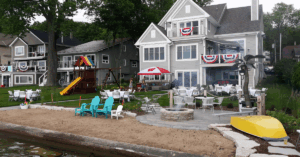
2. Gas Fire Pits
For homeowners who want warmth without the upkeep, a gas built-in fire pit offers instant ambiance at the flip of a switch. This clean, modern option is perfect for low-maintenance outdoor living, eliminating the need to store wood or manage ashes.
Gas fire pits can be incorporated into columns, walls, or custom tables as part of a hardscape design-build project, giving you flexibility in both form and function. They’re also an excellent choice for consistent heat output and ease of use, making them a practical yet stylish addition to your backyard.
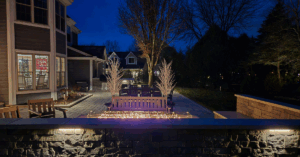
3. Fire Pit Tables
A fire pit table combines the warmth of a flame with the practicality of a surface for drinks or dining. This versatile option works exceptionally well in smaller patios where a larger built-in feature might feel overwhelming.
Available in both portable and built-in styles, fire pit tables can be tailored to match surrounding materials and finishes, ensuring they fit seamlessly with your space.
They add function without sacrificing style, making them a smart solution for outdoor areas that need to work hard in every season.
4. Sunken Fire Pits
A sunken fire pit creates an inviting, enclosed gathering area that feels cozy and protected. Lowering the seating area below ground level provides natural wind protection while adding a dramatic focal point to your backyard.
This style pairs beautifully with built-in seating walls or retaining features and works best as part of a larger landscape redesign. While it requires more planning and excavation than other styles, the end result is a unique, intimate space that draws people in and encourages lingering.
5. Fire Bowls & Portable Options
Fire bowls and other portable styles offer flexibility for those who want warmth and ambiance without committing to a permanent structure. They’re ideal for renters, smaller spaces, or anyone looking for a quick seasonal upgrade.
Many models are gas-powered or self-contained, making them easy to move, store, or reposition as your needs change.
With options ranging from sleek modern designs to rustic finishes, portable fire features can fit seamlessly into any outdoor setup.
6. Smokeless Inserts
Smokeless inserts are a smart upgrade for both new and existing fire pits, offering the warmth of a wood-burning fire without the heavy smoke.
Designed to improve airflow and burn efficiency, they create a more comfortable experience for guests and reduce lingering odors.
These inserts work with both wood and gas systems, making them a versatile choice for many backyard setups. As more homeowners look for clean-burning, low-maintenance solutions, smokeless designs are quickly becoming one of the most popular fire pit features.
Safety and Placement Tips
A fire pit can be a beautiful addition to your yard, but it needs to be installed and used with safety in mind. Keep these guidelines in mind:
- Maintain distance from your home, fences, trees, and other flammable structures.
- Consider wind direction when choosing the location to keep smoke away from seating areas.
- Plan seating thoughtfully so guests can enjoy the warmth without sitting too close to the flames.
- Follow local codes and permitting requirements before beginning any installation.
- Hire a professional installer to ensure your fire pit is safe, durable, and built to last.
American Landscape Builds Fire Pits Tailored to Your Outdoor Living Needs
The right fire pit can extend your outdoor season, create a natural gathering spot, and enhance the overall appeal of your landscape. Our team designs and builds custom features that match your style, fit your space, and stand up to Wisconsin’s weather.
Are you considering adding a fire pit to your outdoor living space? Let American Landscape help you create a feature that brings warmth, style, and value to your home.
Contact our team today to get started.
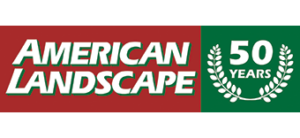
 Flower Care
Flower Care Lawn Maintenance
Lawn Maintenance
 Flowers
Flowers Lawn
Lawn Trees/Shrubs
Trees/Shrubs  Flower Care
Flower Care Lawn Maintenance
Lawn Maintenance Trees & Shrub Care
Trees & Shrub Care


